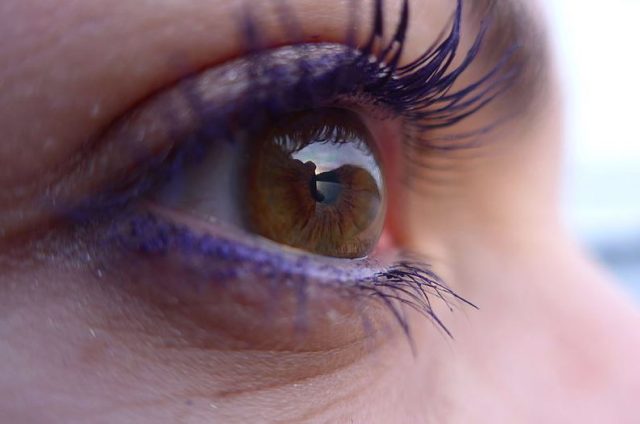Contact lenses have evolved a lot ever since their inception in 1508 by Leonardo da Vinci. From scleral lenses developed by F.A. Mueller in 1887 that covered the entire eye to silicone hydrogel lenses of the late 1990s that have made the experience much more pleasant, contact lenses have come a really long way.
In the past, many people have been told that their eyes or their prescriptions weren’t suitable for contact lenses. Twenty or so years back, our choices were limited to one to two companies selling very few types of contact lenses. Our corneas are quite like fingerprints, unique to each and every one. The limited types of lenses made it quite difficult for lens wearers to find something suitable for their eyes and often struggled with ill-fitting lenses. However, times have changed. Contact lens technology has significantly improved over the last few decades making them available for people with almost all sorts of refractory problems. Today, we have numerous brands manufacturing different types of contact lenses from various materials in various designs and lens schedules that it makes us dizzy, see contact lenses UK.
Improved silicone hydrogel lenses with better material properties and oxygen permeability allow the wearer to be comfortable since the lenses do not suffocate the eyes with limited to no oxygen supply. Improved toric lenses for astigmatism and bifocal or multifocal lenses for presbyopia have opened the avenues for people with those conditions wear lenses without experiencing discomfort. Improved Rigid Gas Permeable (RGP) lenses offer much more comfort to the wearers when it comes to oxygen contact and is also resistant to wear and tear for a long time. Scleral lenses that cover the entire eye to correct certain medical conditions other than plain refractory errors are also available these days. Along with these developments, a new contact lens solution is also designed specifically to be used on silicone hydrogel lenses.
When it comes to wearing schedules, it is an altogether different story. We have daily disposable lenses that are one-time wear only, for people who wear them occasionally and for children. They should not be reused or worn overnight in any case. Bi-weekly or monthly disposable lenses should also be used for the stipulated time and replaced accordingly. These lenses come in different variants; say 8 hours per day to 14 hours per day. A 14-hour lens, if worn for a significantly lesser amount of time every day, can stretch the limit of bi-weekly or monthly replacement by almost a week. After that, a new set should be worn. Yearly lenses are also available which need to be replaced only once a year.
Apart from these, colored contacts have also seen a huge increase in demand and companies are starting to manufacture colored contacts with refractory corrections. Manufacturers like lens me and solotica solflex natural colors produce reliable and natural-looking colored contact lenses. Better contact lens care products are also available these days designed specifically for each type that helps take care of them better. Even with all these, it is in our hands to be hygienic and use them as per doctor suggestions to have a safer use.

A professional writer with over a decade of incessant writing skills. Her topics of interest and expertise range from health, nutrition and psychology.


